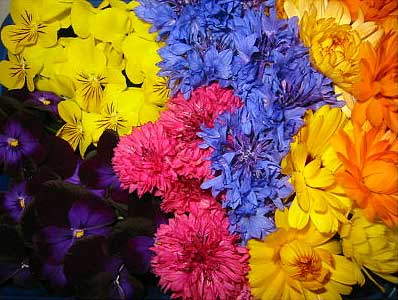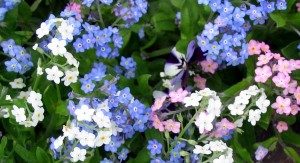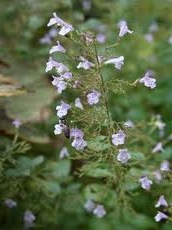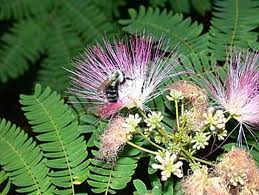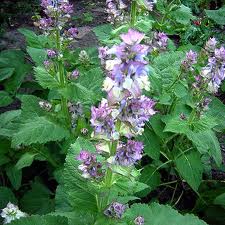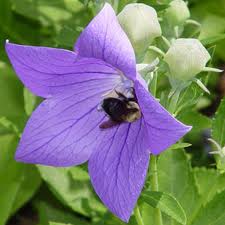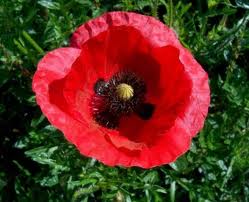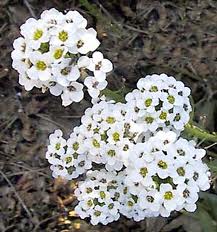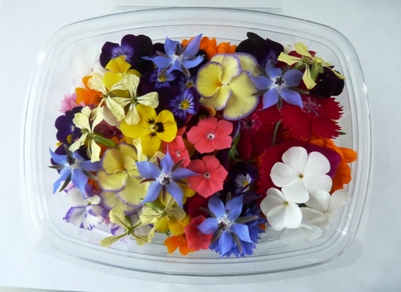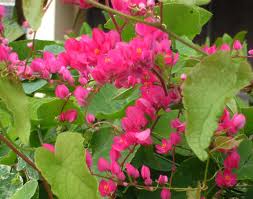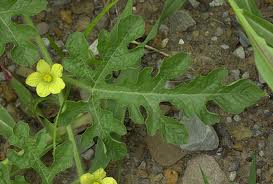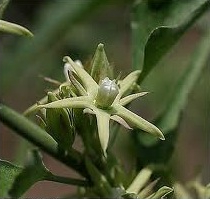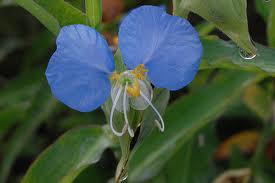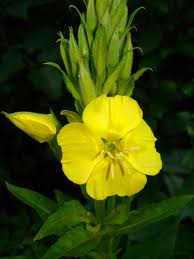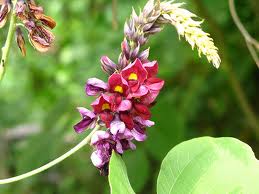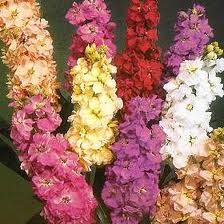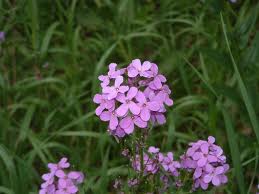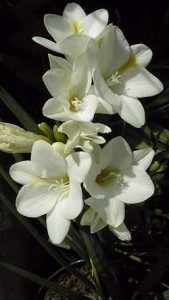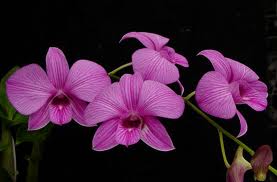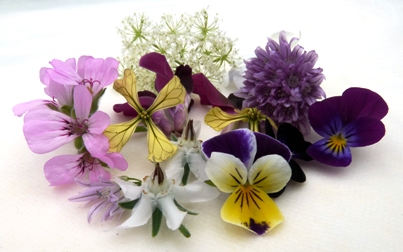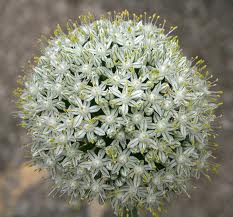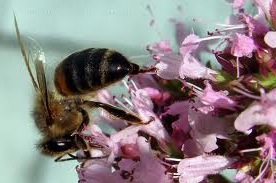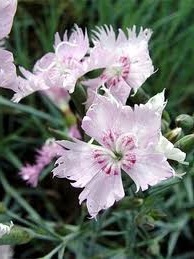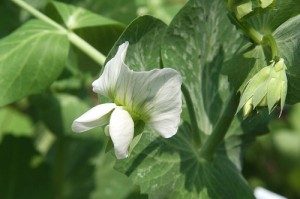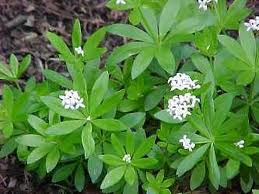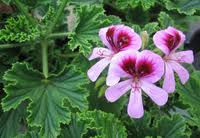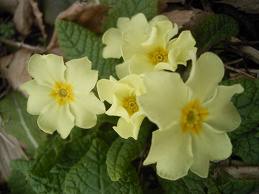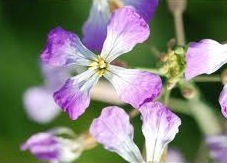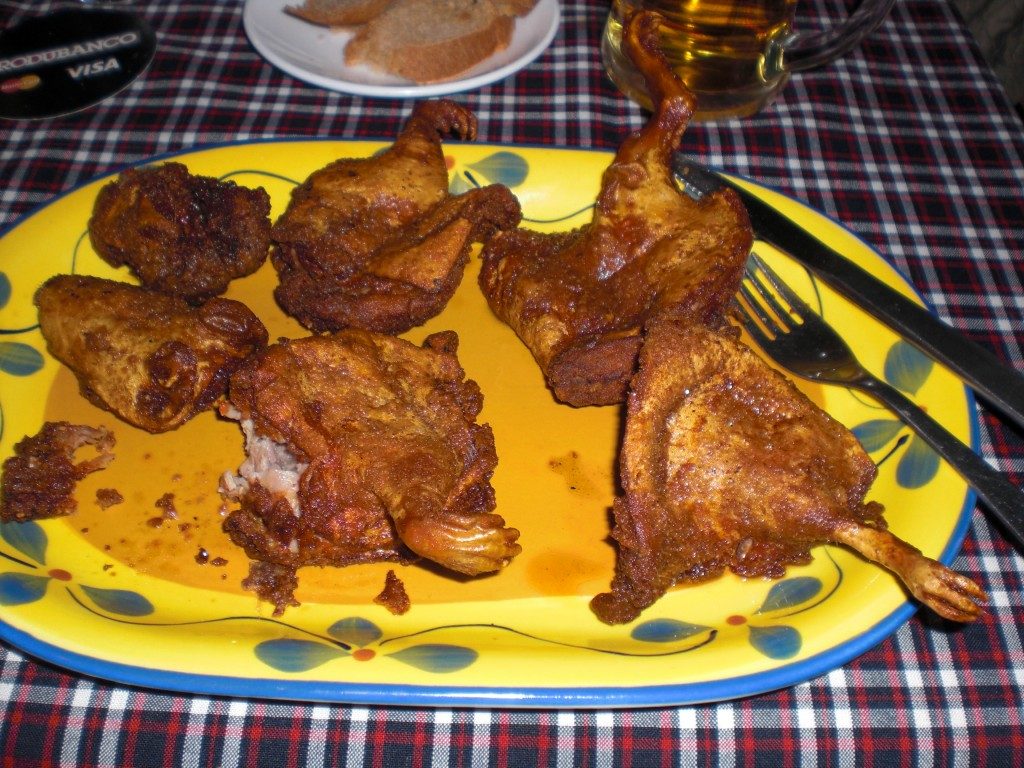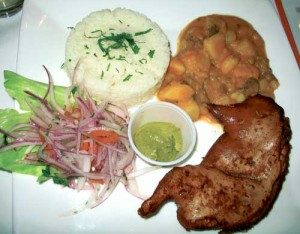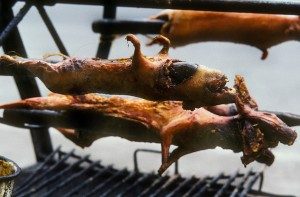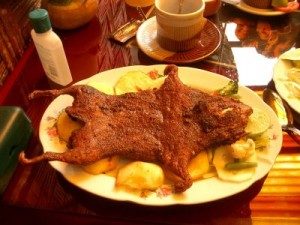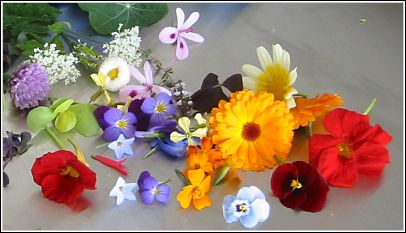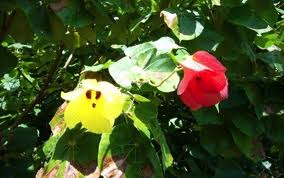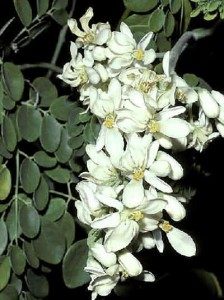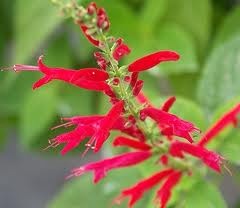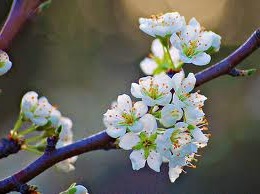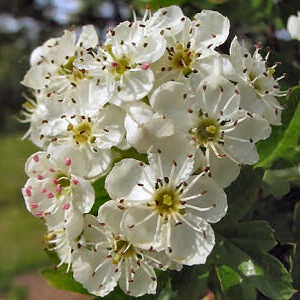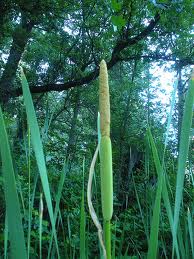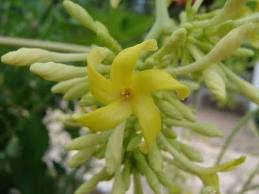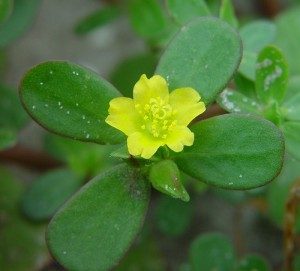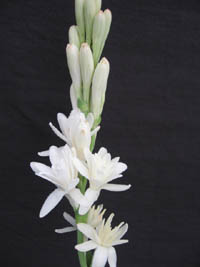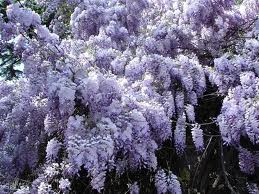Forget-Me-Nots, Calamint, Mimosa Silk Tree, Clary Sage, Petunia x hybrid, Balloon Flower, Yarrow, Corn Poppy, Daisy, Sweet Alyssum
The story I heard from my mother, not the best source of romantic literature, was that he was in Alaska and braved rushing waters to get some wild flowers she requested. He got the flowers but was swept away by the current and as he was about to meet his watery fate over a falls he yelled “Forget Me Not.” Hmmmm… Guy dies, woman doesn’t get flowers, has to walk home alone where she meets a Paul Bunyan type… Let’s start with the fact Forget-Me-Nots aren’t native to Alaska but they are in England and… In exile from England in 1398 Henry IV adopted the flower as his symbol and retained it when he returned from the hinterlands a year later. Perhaps that is why historically Forget-Me-Nots represent faithfulness and enduring love. They are found sporadically in the wild in the northern half of North America and cultivated elsewhere. As most folks see them only in gardens we’ll call them cultivated though surprisingly they are invasive in Wisconsin. Botanically Forget-Me-Nots are Myosotis sylvatica, which means Mouse Ear of the Woods. Properly they are Wood Forget-Me-Nots. Five petals, flat face, a yellow eye, usually blue but can be pink to white. The blossoms are added to salads as a garnish and make excellent candied blossoms. However, the plant does contain some pyrrolizidine, a chemical not to eat a lot of so use only occassionally and not to excess.
Think mint. Now think oregano. Put them together, mint and oregano and you have the Lesser Calamint. Important to Italian cooking, it’s an Old World plant found in flower gardens and a smattering of states from the Old South northeast to New York. A hardy perennial to two feet, it is said to be indispensable in bean and mushroom dishes. The regular Calamint also has edible blossoms as well though its flavor is a cross between mint and majoram, read not quite as strong. They have been cooking with it in Rome since the Romans, particularly meat dishes. Toss the pink to lavender blossoms in salads or use to flavor dishes.
The Mimosa Silk Tree, Albizia julibrissin, is native to southern and eastern Asia. From there it was carried to Europe by the mid-1700s. Soon after it was introduced to North Carolina by the French botanist Andre Michaux. From there it spread north to New England, down around the Old South west to California and up the west coast, all except the northern plain states. I have a separate article on site. To read it click here. Young leaves are edible cooked or dried to make a tea. The blossoms are edible like a vegetable or crystallized.
Clary sage has been in the medicinal bag of tricks for at least 2,400 years. Theophrastus in the 4th century BCE wrote about it. Dioscroides did in the first century CE as did Pliny. A native to the Old World it is naturalized in 14 states and Ontario with no apparent reason to the distribution. Like many edible flower it is found mostly under cultivation. It’s called “clary” because the sticky seeds were used to help get small foreign objects out of the eye, to help on see clearly. Young and tender leaves are dipped in cream and fried, often eaten with an orange sugar sauce. They can also be dipped in an egg batter and cooked into fritters. The pleasant-flavored flowers are sprinkled on salads.
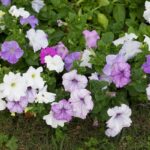 One wouldn’t think so but there is an edible petunia species. Petunias are in the solonace family which has some famous edibles and poisons members. This is not just any petunia but Petunia x hybrida first sent to Paris from South America in 1823. The P. hybrida was created out of several Petunia species and comes in two types, grandiflora (larage flowered) and multiflora (many flowered.) Grandiflora have trailing stems and tend to spread with blossoms up to five inches. Multiflora petunias are bushier and have smaller flowers from two to three inches in diameter. Many colors and patterns are available. The mild-tasting flowers are used in salads or as a garnish. The blue one is shown here because experts think if man did not continue to hybridize them only the blue species would continue.
One wouldn’t think so but there is an edible petunia species. Petunias are in the solonace family which has some famous edibles and poisons members. This is not just any petunia but Petunia x hybrida first sent to Paris from South America in 1823. The P. hybrida was created out of several Petunia species and comes in two types, grandiflora (larage flowered) and multiflora (many flowered.) Grandiflora have trailing stems and tend to spread with blossoms up to five inches. Multiflora petunias are bushier and have smaller flowers from two to three inches in diameter. Many colors and patterns are available. The mild-tasting flowers are used in salads or as a garnish. The blue one is shown here because experts think if man did not continue to hybridize them only the blue species would continue.
Let’s start at the bottom and work up. Our next plant is known for its root. In the greater Campanula clan, the root of the Balloon Flower, Platycodon grandiflorus, is very popular in Korea where it is cut into strips, seasoned with chili’s, vinegar, sesame oil and soy sauce and eaten as a salad (which also tells one you can can get the root still alive in Korean markets, plant it, and get blossoms.) It is also used in soups, stews, dishes with vinegar, and is one of the ingredients in Toso, or sweet Japanese sake. Boiled young leaves are eaten in salads. Its blossoms are sweet in taste, have a bit of texture, and are used in salads, stuffed, candied or dipped in butter. The Balloon Flower is so called because before the petals open are fused at first making the blossom look like a balloon.
This plant is used so much it’s surprising the flower has managed to put itself nearly everywhere, field and farm. Yarrow (Achillea millefolium) is found throughout North American and many parts of the world. Young leaves are eaten in salads, or cooked as a vegetable, or added to soups and stews. The leaves and flowers are brewed into a tea. Sometimes in beer making it is substituted for hops. An oil from the flowers is used in flavoring a variety of commercial drinks and alcoholic beverages. Yarrow’s primary use for our purposes is blossoms to make tea.
They used to be far more common than they are now, paper red poppies around Veterans Day, sold to raise money for disable veterans and the like. Aside from the veteran connection, mention Poppy and opium is usually the next topic mentioned. That’s a different poppy so hold the email please. Our poppy is Papaver rhoeas, common name is Corn Poppy, sometimes Flanders Poppy. From Athens Greece to Athens Georgia, you can find Corn Poppies. In fact, they are the flower of profusion about the Agora down from the Acropolis. Young leaves are cooked and seasoned like spinach, or used for flavoring in everything from soup to salad. Syrup is made from the red petals is used to add flavor and color soups as well as wine. The seeds are used in confections and bread and the oil is an excellent substitute for Olive Oil. Originally from Eurasia they are found in most areas of North America.
If I remember correctly Jean Kerr titled one of her humerous books, “Please Don’t Eat The Daisies.” The daisy was Bellis perennis, or the English Daisy but now just called Daisy as it is the common flower of farm and field in North America, and South America. For a widespread plant in multiple uses it is not high on the flavor list, if not bitter. However, its leaves have been used as a cooked green, usually boiled or as a pot herb. Flower petals are eaten in salads, remember bitter. Flower buds are eaten in sandwiches, soups and stews, or pickled and used like capers. The entire flower open in the day and closes at night. “Daisy” is from Day’s Eye, meaning open only during the day. And, while it looks just a center blossom with a lot of rays around it, each ray is a separate flower, and every tiny yellow section in the middle is a separate flower.
Mat-forming Alyssums recently underwent a genus and species name change. They were Allyssum lobularia and now they are Lobularia maritima. A native of the Mediterranean areas it has traveled far and is found 41 states most of Canada.The genus name lobularia comes from dead Latin and means small globe, referring to the shape of the flower cluster. Maritima refers to its habitat, meaning it likes to grow near the seashore and is somewhat salt tolerant. Leaves, young stems, and flowers are used for flavoring in salads or any dish where pungency is desired. The flowers candy well. The blossom are honey-scented.

